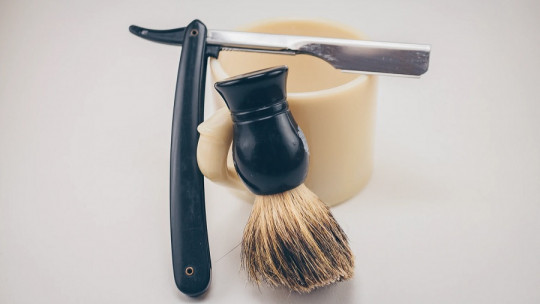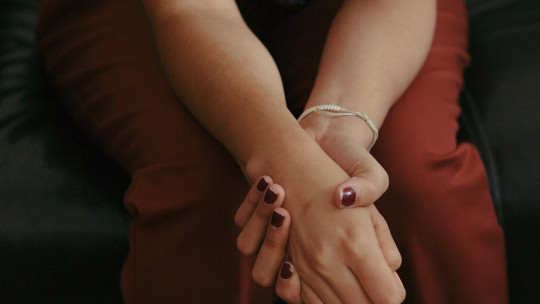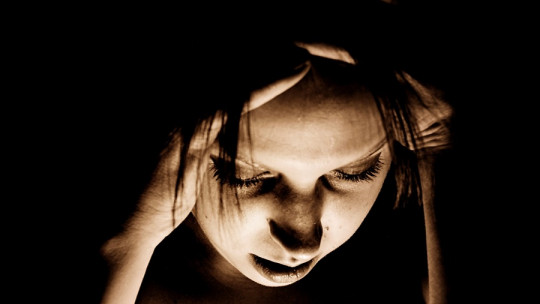As its ending indicates, xirophobia It is a type of phobia. Let us remember that phobias are intense and irrational fears or fears, in some cases becoming pathological in nature towards things, situations or even people.
In this article we will see what this psychological disorder is: its consequences, possible origins of xirophobia, and treatments for this type of phobia.
Xirophobia: what is it?
Xyrophobia is a very specific phobia; the pathological fear of razors This disorder implies the existence of an unjustified, abnormal and persistent fear of the razors used to cut the beard. This fear can range from contempt, to panic, rejection, aversion, even hatred or disgust.
Those people who suffer from xirophobia have the focus of fear on shaving: in the case of women, for example, the legs or armpits, which are areas that are usually shaved, and in the case of men, it is usually the beard or mustache.
The act of shaving involves the possibility of cutting or injuring yourself on the edge of the razor, so the phobia focuses on the fact of being able to get hurt in that way more than in the object itself used -knife-.
Why does fear arise?
Fear is considered an adaptive reaction of the organism, an alert reaction, caused by a feeling of imminent danger
In a normal state, this reaction helps us adapt to the environment, and is intended to prevent something bad from happening. In this way, it keeps us away from negative stimuli and helps us identify those stimuli that are bad for our survival.
Therefore, fear is a reaction that occurs prior to many unpleasant sensations, since it is making us anticipate in order to be able to react quickly to signs of danger.
So fear is a coherent reaction to the stimuli in our environment. The problem is when phobias come into play. The phobia is considered an exaggerated reaction to a situation that is not actually dangerous or potentially dangerous, although our brain does perceive it this way. This response is not adaptive.
There are practically as many types of phobias as there are types of objects, situations or people. The common factor of all phobias is that they are no longer adaptive, since excessive and exaggerated reactions are involved. These phobias, like xirophobia, produce unnecessary discomfort, since there is an incessant and obsessive worry about a certain stimulus.
Many phobias end up triggering avoidance behaviors in places or situations without real danger , just a danger that the brain perceives. That is why it is important to know how to discern well between fear – as an adaptive response to the environment, and phobia, an excessive and maladaptive response.
Symptoms of xirophobia
The consequences of developing a phobia such as xirophobia are varied.
On the one hand, a phobia produces feeling of overwhelm and discomfort The brain of a person with xirophobia is put on alert, and in some cases they act quickly. This reaction is similar to stress, since it focuses attention on certain stimuli and activates the mind quickly.
This state of alertness can lead to sleep disorders such as insomnia. In extreme cases, these reactions can end up triggering anxiety symptoms.
On the other hand (and this is a long-term consequence) an untreated phobia can become more obvious over time causing a series of symptoms in the patient that affect their mental health and even their interpersonal and social relationships.
The fact of not facing xirophobia It can cause the person to see their social relationships altered, avoiding them, for example due to fear of being affected by showing said phobia and of being judged This fact could have negative impacts on the person’s self-esteem, and lead to the person separating themselves from their work, personal and family environment.
In more serious cases, it can even lead to depression, and in extreme cases, these people who suffer from the phobia can seek refuge in the consumption and subsequent abuse of addictive substances such as alcohol or drugs, since these would be the only things that would allow them to ‘cope’ with said phobia.
Causes
There are several causes that can cause xirophobia: on the one hand, it can be a phobia that originates from another phobia. For example, belonophobia, which is the fear of sharp objects such as needles, can give rise to xirophobia.
Another associated phobia is hemophobia, which consists of the irrational fear of blood In some way, the fear produced by contact (whether physical or visual) with blood is associated with a consequence of cutting yourself with a razor. For this reason, these phobias can come together.
Another cause is traumatic experiences that have permeated the person’s memory; some episode from the past that could have been very painful. In this episode, the person may have made a deep cut or been injured in some way by handling knives, and consequently xirophobia may develop.
Sometimes, the origin is idiopathic, that is, it is not known with certainty which triggers the phobia.
Treatment
Finally, let’s talk about The treatments that can be used to address xirophobia in psychotherapy
It is important to remember that the treatments that are usually used in certain types of phobias cover two types: on the one hand we have exposure therapy and on the other hand there is cognitive behavioral therapy.
In the first case, exposure therapy, the treatment consists of exposing the person with xirophobia to those stimuli that they fear. In this case, contact with the knives would begin, from a superficial way to their use.
In the second case mentioned, cognitive-behavioral therapy, what is intended is modulate dysfunctionally established beliefs and ideas in the brain associated with the phobic stimulus, in this case the knife, a potential harmful element.
In any case, as we have already seen, fear is an adaptive process, but when it stops being so, we must act and start psychological therapy. So when faced with a situation of xirophobia, we must address it through therapeutic action alongside qualified professionals in the field of mental health.









